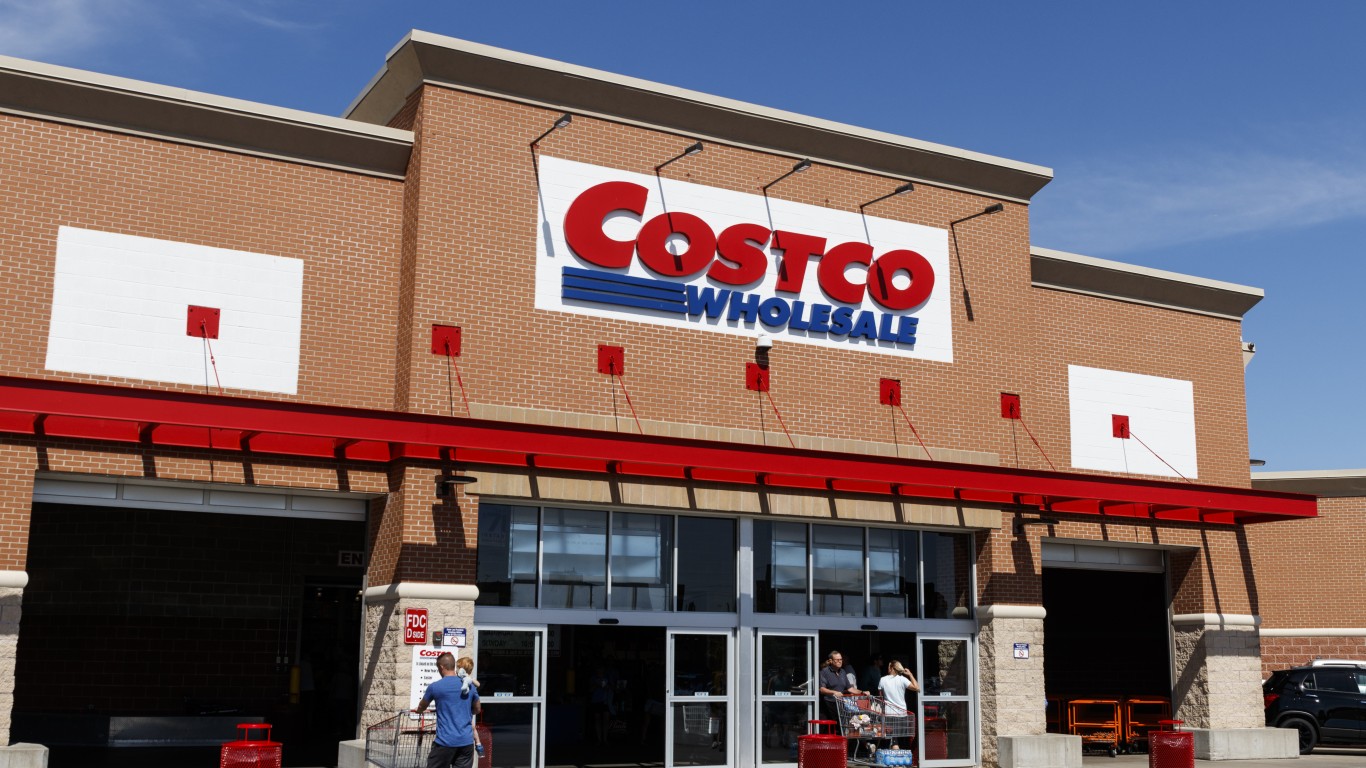Americans often say they eat unhealthy foods because the healthy alternatives are more expensive. For consumers willing to put in a little bit of effort, however, healthy, fresh foods are inexpensive and available.
One reason people equate eating healthily with eating expensively is the high markups on natural and organic foods at many large supermarkets. “The larger chain natural-food stores like Whole Foods entice customers with beautifully displayed foods and locavore claims, but their prices aren’t always equally enticing,” says Kate Forgach, a food and nutrition specialist at CouponSherpa.com. “With rising food prices, it pays to think outside the box and consider alternative sources that truly offer healthy, locally grown foods that often are more flavorful.”
There are a number of ways that people can buy fresh food without overspending. Some farms allow customers to pick their own produce. Though it takes a little more effort and time, the food is less expensive and fresher. Joining a buying club, where people pool their resources to collectively buy food in bulk, provides families and individuals with the opportunity to pay highly reduced prices for all types of food. Changing one’s shopping habits can also cut down on external costs, such as gas, impulse buying, and the costs brought on by food waste. And as this food remains fresher longer, due to the small amount of time it takes to get from farm to costumer, consumers might even save more money.
24/7 Wall St. worked with CouponSherpa.com to produce a list of the nine best places to buy healthy food. The list includes places to purchase produce, meat, dairy, and even beer. Maintaining a healthy diet does not have to be expensive. Eating well can actually save people money; they just need to know where to look.
1. Pick-it-yourself farms
> How you save: picking the food yourself
Pick-it-yourself farms operate using the same model as orchards where consumers can pick their own apples. These farms frequently offer more foods than just apples, though. They are usually designed to pick low-to-the ground fruits such as strawberries and raspberries, but in some areas customers can also pick vegetables such as corn or beans. Not having to pay for labor, growers will often sell produce at a reduced price.
2. Farmers’ markets
> How you save: buy directly from farmers
Most people don’t think of farmers’ markets as sources for foods like breads and condiments. However, consumers can often find such foods there at similar or better prices than the local grocery store because they buy directly from farmers. Additionally, the content of the food is much healthier. The supply of natural and organic foods has increased at farmers’ markets in recent years as a response to its growing popularity.
3. Co-op
> How you save: discounts for members
Locally run food co-ops, short for cooperatives, are essentially collectively-owned grocery stores in which members pool their resources to receive natural and organic foods at lower-than-usual prices. Many of the organizations also sell food to nonmembers, but the prices are often not as low as they are for members. Co-ops are particularly good for dry, bulk foods, although some also sell bulk oils and produce as well. People can reduce the prices they pay by volunteering hours each week, receiving member discounts in return. Some co-ops require mandatory work from those looking to buy food.
4. Buying clubs
> How you save: buy in bulk
Buying clubs are independently run groups of private consumers who buy food together in bulk and then divide it among themselves. Groups can usually acquire any type of food available in bulk quantities, except for those that perish quickly. The amount of money one saves through buying clubs can be substantial, but members are required to do their share of work, such as organizing and bookkeeping for the clubs. Information about buying clubs is usually available through local co-ops, explains Forgach.
5. Community-Supported Agriculture
> How you save: buy directly from farmers
CSAs strengthen the relationship between consumers and farmers by cutting out the middleman. Members buy a share in their local CSA and receive a weekly shipment of everything from herbs and produce to meat and fish. By buying a share, a person is agreeing to buy a certain amount of food from regional producers. This minimizes much of the food waste and financial risks involved in farming, since farmers have a better idea of how much food to produce. CSAs create a more efficient system, thereby allowing farmers to better focus on quality growing.
6. Home gardens
> How you save: grow your own food
Growing one’s own produce is cost-efficient. It also gives people control over how their food is grown. Items such as herbs and tomatoes are popular due to the relative ease of growing them, although gardeners can plant a variety of other foods. People can also create a container garden inside their homes for winter growing, as long as there is sufficient sunlight exposure.
7. Roadside stands
> How you save: buy directly from farmers
Roadside stands are a well known and time-tested way to purchase relatively inexpensive whole foods. According to its supporters, roadside food, typically sold by those who grow it, is fresher and more flavorful because it hasn’t been shipped long distances or bred for shipping. Additionally, the price of the food will not be raised by the additional costs of shipping.
8. Home delivered dairy
> How you save: don’t spend gas money
Organic milk, cottage cheese, yogurts and other dairy products can be fresher when ordered through home delivery services and surprisingly often cheaper than the products available in stores. Customers also save money on gas and impulse buying by not having to hit the market as frequently. However, the health benefits of organic dairy products continues to be debated.
9. Brewpubs
> How you save: buy in bulk
The American brewpub movement has rapidly spread from California and Colorado eastward. Locally owned pubs brew their own beer in huge vats and sell only their own product in the pub. Most of these pubs allow you to purchase beer by the gallon for home consumption. This system of bulk-purchasing is significantly cheaper than buying processed brew by the bottle.
Charles B. Stockdale
Essential Tips for Investing: Sponsored
A financial advisor can help you understand the advantages and disadvantages of investment properties. Finding a qualified financial advisor doesn’t have to be hard. SmartAsset’s free tool matches you with up to three financial advisors who serve your area, and you can interview your advisor matches at no cost to decide which one is right for you. If you’re ready to find an advisor who can help you achieve your financial goals, get started now.
Investing in real estate can diversify your portfolio. But expanding your horizons may add additional costs. If you’re an investor looking to minimize expenses, consider checking out online brokerages. They often offer low investment fees, helping you maximize your profit.
Thank you for reading! Have some feedback for us?
Contact the 24/7 Wall St. editorial team.




